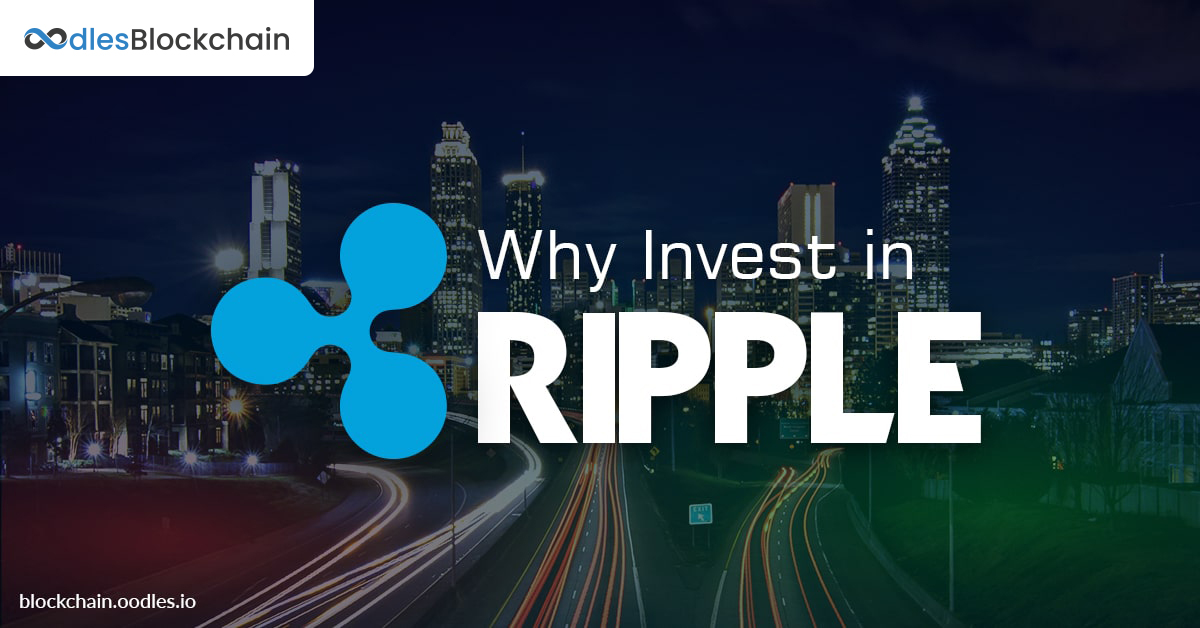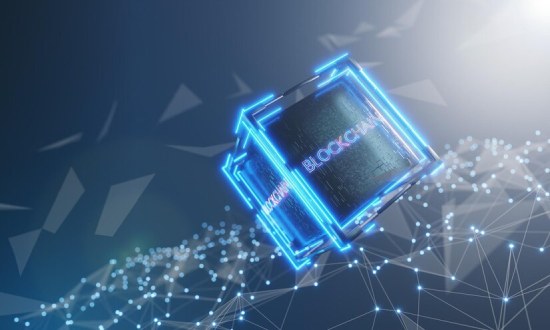-
Today, the global economy and the digital world are growing rapidly. Because of that various disruptions are happening in these two domains, causing businesses and traditional institutions to change the way they operate. And, now the issue that is all the rage and on the brink of disruption is traditional payment solutions. They are soon to be replaced by virtual payment solutions.
Governed by cryptography, the decentralized, distributed ledger technologies like Blockchain is offering numerous prominent advantages over fiat currency and traditional payment systems.
Why are we focusing on virtual payment solutions today? It's because of Ripple, representing the next-gen of blockchain technology, that has so much to offer. RippleNet specializes in almost every significant attribute of a blockchain network, such as swift transactions, improved transparency, low transaction fees, etc.
Ripple addresses the challenges that some of the existing blockchains fail to do. Its primary aim is to provide a secure and integrated global payment solution.
The problem begins with today's global payment systems. Most of the enterprises lack in having a decent infrastructure, wherein the networks fail in providing the necessary features, including sufficient inter-connectivity to serve the demands of the international users.
In a nutshell, the current networks either are inefficient in proper regulations or are ineffective at handling the obstacles involved in cross-border payments.
Whether it's the high processing fees or improper servicing facilities, the incompetencies of the existing global payment networks are driving brands and consumers away from centralized systems and banks to Fintech providers like Ripple and Stellar, which are adept at handling such issues at hand.
Being among the top blockchain platforms, Ripple has presented itself as a viable digital investment option for domestic as well as cross-border transactions.
Also Read: A Step-by-Step Guide To Know Everything About Ripple
Revamping Cross-border Payments with RippleNet
Similar to Stellar blockchain development, Ripple also strives to eradicate barriers within the current global payment systems.
Being one world’s leading global payments networks, RippleNet gives a seamless user experience for global payments. In contrast to numerous other institutions that are a result of many disparate technologies, unstandardized communications, and centralized systems, RippleNet is an individual entity formed of a network of banks that allow transactions via Ripple’s distributed blockchain technology.
The quickly developing ecosystem of RippleNet could be segmented into two sections, network users or the consumers and the network members or the payment providers.
The network members or the payment providers, also known as the enablers. They consist of banks and centralized businesses willing to process transactions for corporate firms and customers.
It makes apparent that the banks would likely capitalize on RippleNet to grow their servicing schemes in the future soon.
On the contrary, the network users, also called the originators, comprise of the blooming businesses corporate treasury, alongside the consumers.
RippleNet's decentralized system is based on the contract between the Ripple executives and other network members, who dispose of the corresponding blockchain system, besides adhering to the standard set of payment regulations. The network’s members, particularly the banks, profit considerably well from the powerful connectivity, regulated technology, and payment execution methods.
Ripple’s avant-garde financial technology leaves behind its adversaries in terms of adequate down payment charges, processing fees, and transparency. Thus, guaranteeing prompt transactions across the globe.
About Oodles: We build fintech applications with blockchain technology platforms like Ripple and Stellar to provide fast, reliable, and low-cost payments. Using these platforms, we build blockchain solutions that range from simple smart contracts to complex payment infrastructures

Our Offices
INDIA
Emaar Digital Greens, Sector 61,
Gurugram, Haryana
122011.
Welldone Tech Park,
Sector 48, Sohna road,
Gurugram, Haryana
122018.














